By: Luisa Massarani
Send to a friend
The details you provide on this page will not be used to send unsolicited email, and will not be sold to a 3rd party. See privacy policy.
The population of Cuji fish (Haemulon aurolineatum), native to the southeastern coast of the United States, has dropped almost by a half (45 per cent) since 1990 — a time that coincides with the start of an invasion by lionfish (Pterois antennata), which originate from the Indian Ocean and western Pacific.
The estimate was made in a study published in the Scientific Reports journal (August 31). It states that this invasion is an “unprecedented” hazard for biodiversity and fisheries in the US, the Caribbean and the Gulf of Mexico.
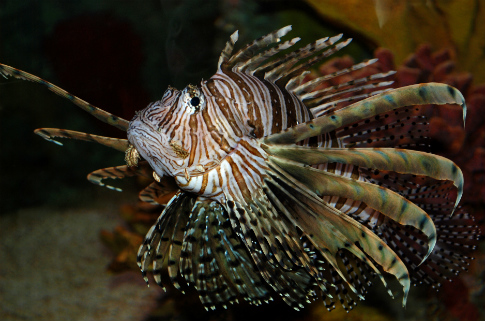
Although the study only includes impacts on Cuji fish, the authors believe it is likely that the lionfish invasion had similar impacts on other fish species, some of which could be economically significant.
The authors compared different areas of the Atlantic Ocean, from the US states of North Carolina to Florida, during the lionfish invasion (1990-2014).
Data on the abundance of fish species were obtained through systems typically used for monitoring fishing resources, which use similar methodologies to gather biological information. The abundance of each species was measured with the use of traps installed 15 to 200 metres deep.
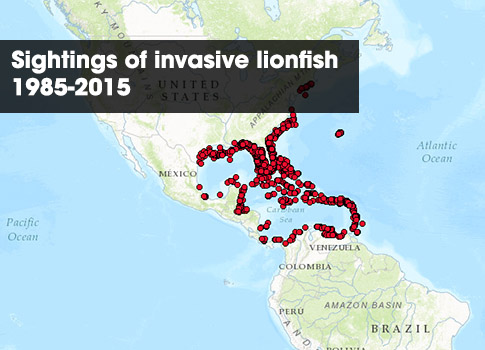


This method also allowed the researchers to obtain relevant information about the environment, such as depth, date, time, location and water temperature. The traps were equipped with videocameras to support the abundance estimates of native species and lionfish.
Invasion timeline
Although lionfish were introduced into the region in the beginning of the 1990s, the authors identified the pre-invasion period as 1990 to 1996. In that period, the abundance of the invasive species was at or near zero.
The period between 1997 and 2002 was classified as the beginning of the invasion, and the time between 2009 and 2014 as the final stage of the invasion, characterised by the establishment of the lionfish in the region.
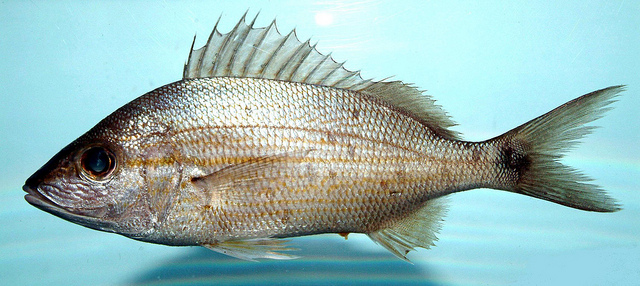


Nicholas Ballew, one of the authors and a researcher at the US National Marine Fisheries Service, was cautious about how the study could help to understand the impact of lionfish in the Caribbean.
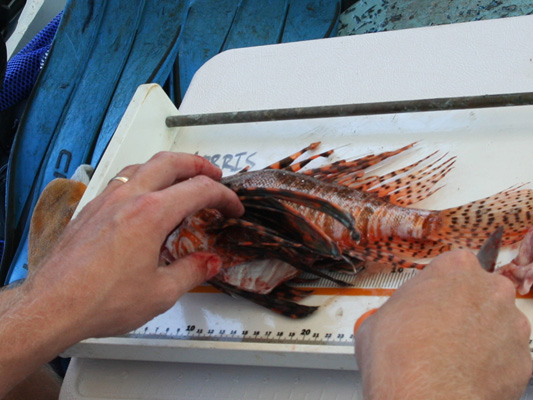


“All the places we studied were in Atlantic waters in the southeastern coast of the US. Thus, our study, for itself, can't really be used to make inferences about the impacts of lionfish in the Caribbean", he told SciDev.Net.
Heading South
"However, the places we researched and the Caribbean are quite similar, and other small scale studies have shown that lionfish can have a similar impact in the Caribbean as the observed in our study; therefore, it is likely that similar impacts as the ones we observed are occurring in the Caribbean", Ballew said.
He added that in the last five to seven years, lionfish have been identified in a few countries of Latin America, from Mexico to Venezuela, and that the first lionfish were discovered in Brazilian coasts in 2014.
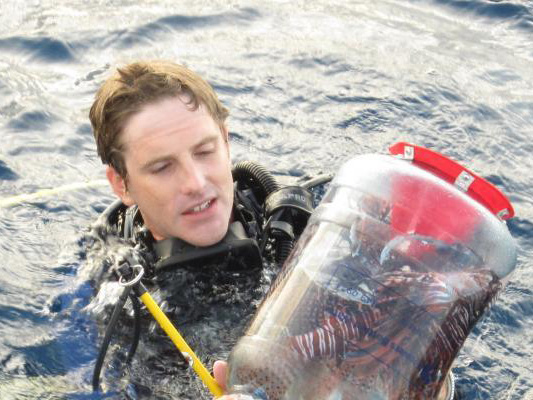


"It is hard to predict how far the lionfish can extend but it seems likely that they could continue moving down the Brazilian coast", he warned.
Salvatore Siciliano, a researcher at the Oswaldo Cruz Foundation in Brazil, believes Ballew's study is very important.
"The authors had the skill to conduct a study that includes the periods before the invasion, during the invasion and after the invasion was established", he told SciDev.Net.
He added: "The study shows that the lionfish can cause big damage to native fish, especially the smallest (because of their size, they fit in the mouths of lionfish), which is very harmful for an animal population".
"[This shows] how thoughtless and apparently innocent attitudes can have big consequences for the marine environment", Siciliano said.
About the lionfish
Lionfish can reach a length of 35 cm. With a voracious appetite, a lionfish can reduce juvenile fish populations and also small fish in coral reefs by up to 90 per cent.
Its poisonous spines and unique appearance can deter potential predators and make it unrecognizable as prey.
Lionfish are efficient predators that use techniques such as ambushing their prey, hunting cooperatively by cornering their prey with their pectorals shaped as a fan.
This piece was produced by SciDev.Net’s Latin America and Caribbean desk.













